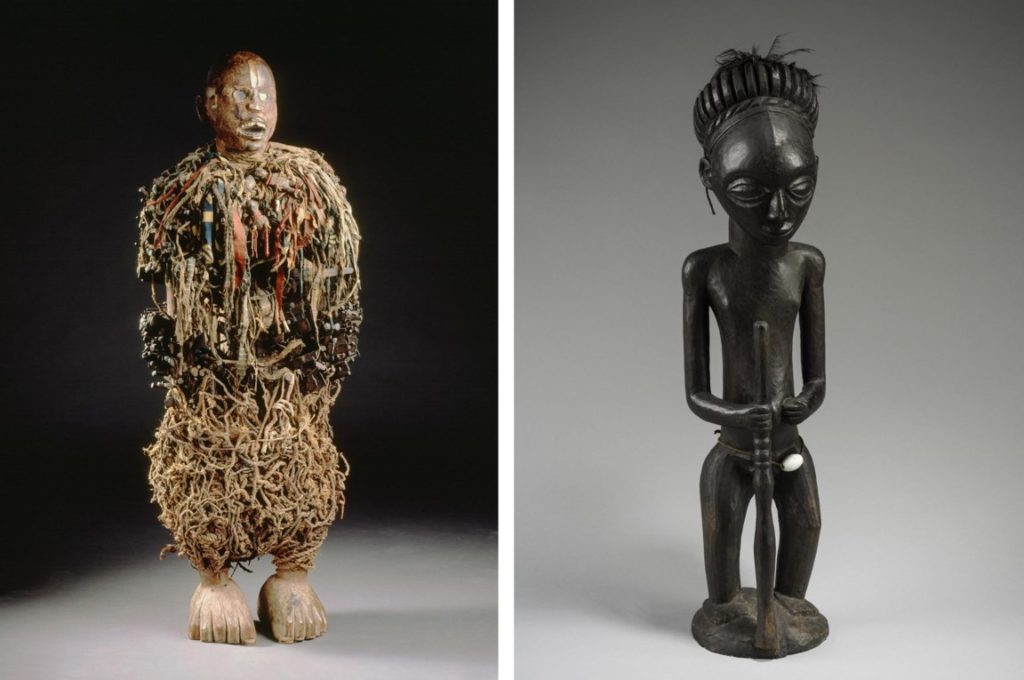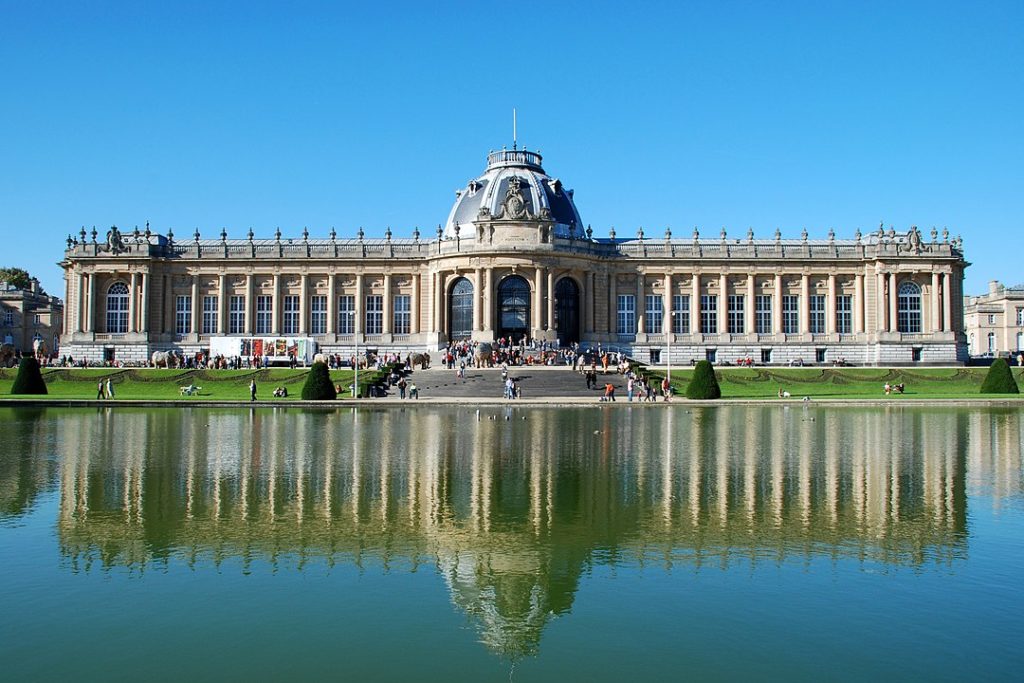The Africa Museum in Tervuren has agreed to return to Congo any artworks that can be shown to have been illegally obtained, the government has announced.
Following an agreement by government ministers on Friday, all items illegally obtained by Belgium between 1885 and 1960 will have their legal ownership transferred to Congo. The definition includes anything that was stolen, captured by force or taken as the spoils of war.
The dates refer to the declaration in 1885 by King Leopold II of the Congo Free State, his own personal fiefdom. 1960 is the date of Congo’s official independence.
However the agreement does not mean the immediate return of the works to Congo. According to Thomas Dermine (PS), the secretary of state for science policy, which covers the main museums including the African Museum, the demand by Congo president Félix Tshisekedi in 2019 for the return of stolen works – made at the time of the opening of the Congo national museum in the capital Kinshasa – also left open the option of a gradual return, in order to guarantee the safety of the works.
“We have to get away from symbolism,” Dermine said. “These things are not ours, full stop. Whether or not there are opportunities to preserve the heritage in Congo has no impact on ownership.”
Even then, the stately palace overlooking Tervuren park runs no risk of being emptied. According to the government, 883 works – of 1% of the total catalogue – have been found to have been obtained illegally. Around 58% of the collection, roughly 50,000 pieces, were obtained legally, by purchase or bequest.
That leaves about 40%, or 35,000 works, whose origin is less simple to determine. Dermine now plans to set up a scientific committee together with Congo, which will investigate how the works came into the Museum’s collection in the first place.
“There are no sacred houses,” Dermine said. “If necessary, we will also broaden the concept of ‘illicitly obtained’. There were, of course, specific power dynamics at work. We can then extend this blueprint to other collections, or to pieces from Rwanda and Burundi.”
Other collections would likely include the physical remains of 297 Congolese still located in the Museum of Natural Sciences in Brussels. Also included is the skull of Lusinga Iwa Ng'ombe, a Congolese chief from the Tabwa region, who was robbed and beheaded by colonial general Emile Storms in 1884.

Figures looted by General Emile Storms © KMMA

